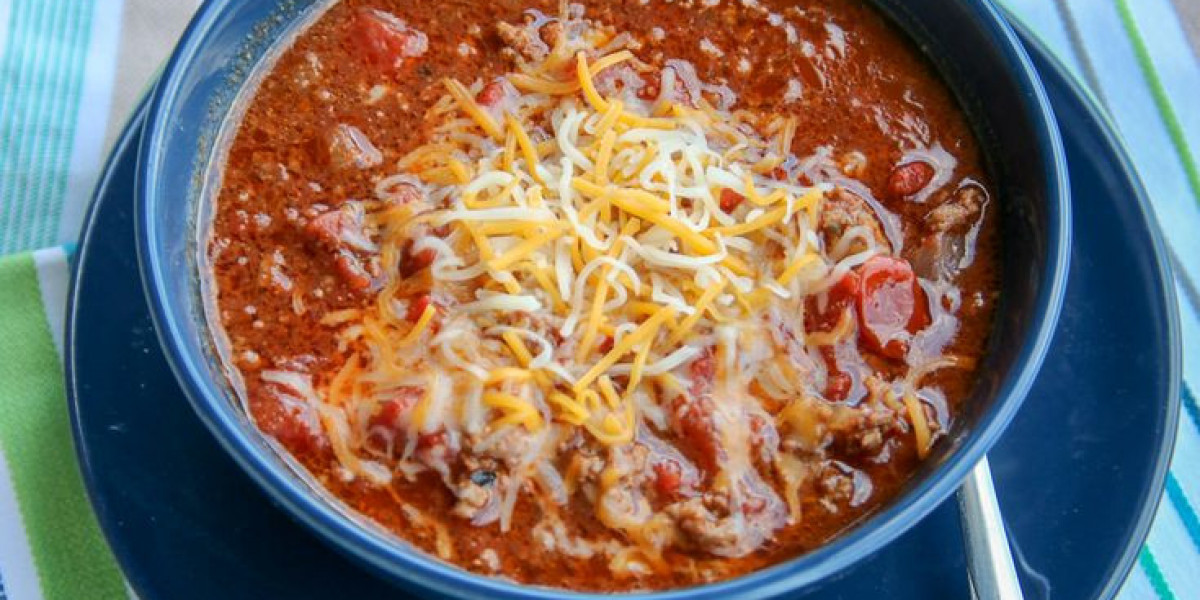In today’s fast-paced world, maintaining a healthy lifestyle often feels like a challenge. However, eating well doesn't have to be complicated or time-consuming. By focusing on nutritious, whole foods and simple recipes, anyone can enjoy delicious meals that support both physical and mental well-being. In this article, we explore the best foods for health, highlight easy and tasty recipes, and offer practical tips for a sustainable, nourishing diet.
Why Eating Healthy Matters
Good nutrition plays a fundamental role in maintaining optimal health. A balanced diet rich in fruits, vegetables, whole grains, lean proteins, and healthy fats can:
Boost immunity
Improve mood and mental clarity
Maintain a healthy weight
Reduce the risk of chronic diseases like heart disease, diabetes, and cancer
Support energy and sleep quality
By incorporating nutrient-dense foods into your daily routine, you're investing in long-term wellness.
Top Healthy Foods to Include in Your Diet
Here are some of the most powerful superfoods and why they deserve a spot on your plate:
Leafy Greens (Spinach, Kale, Swiss Chard)
Rich in fiber, vitamins A, C, and K, and antioxidants. Great for digestion, skin health, and reducing inflammation.
Berries (Blueberries, Strawberries, Raspberries)
Packed with antioxidants and vitamin C. They help reduce oxidative stress and promote heart and brain health.
Nuts and Seeds (Almonds, Walnuts, Chia, Flaxseeds)
Full of healthy fats, protein, and fiber. Great for brain function and cholesterol regulation.
Whole Grains (Quinoa, Brown Rice, Oats)
Provide sustained energy, support digestion, and help regulate blood sugar.
Legumes (Lentils, Chickpeas, Black Beans)
Excellent plant-based protein sources. They’re affordable, filling, and rich in iron and B vitamins.
Fatty Fish (Salmon, Sardines, Mackerel)
Loaded with omega-3 fatty acids, which promote heart and brain health.
Fermented Foods (Yogurt, Kefir, Kimchi, Sauerkraut)
Support gut health and immune function through natural probiotics.
Easy and Healthy Recipes to Try
Quinoa Salad with Chickpeas and Avocado
Ingredients:
1 cup cooked quinoa
1 cup canned chickpeas (rinsed)
1 diced avocado
1 cup cherry tomatoes, halved
Juice of 1 lemon
1 tbsp olive oil
Salt and pepper to taste
Instructions:
Combine all ingredients in a bowl. Mix well and serve chilled. High in fiber, protein, and healthy fats.
Baked Salmon with Garlic and Herbs
Ingredients:
2 salmon fillets
2 cloves garlic (minced)
1 tbsp olive oil
1 tsp dried thyme
Salt and pepper to taste
Lemon wedges for serving
Instructions:
Preheat oven to 375°F (190°C). Place salmon on a baking tray. Rub with olive oil, garlic, thyme, salt, and pepper. Bake for 15-20 minutes. Serve with steamed broccoli or quinoa.
Overnight Oats with Berries and Chia
Ingredients:
½ cup rolled oats
1 tbsp chia seeds
½ cup unsweetened almond milk
½ cup fresh berries
1 tsp honey or maple syrup (optional)
Instructions:
Mix all ingredients in a mason jar. Refrigerate overnight. A perfect grab-and-go breakfast that’s rich in fiber and antioxidants.
Green Smoothie
Ingredients:
1 banana
1 cup spinach
½ avocado
1 cup almond milk
1 tbsp flaxseed
Instructions:
Blend all ingredients until smooth. A great way to sneak in your greens and healthy fats early in the day.
Tips for Maintaining Healthy Eating Habits
Plan ahead: Meal prepping reduces the likelihood of reaching for unhealthy convenience foods.
Read labels: Avoid foods with added sugars, trans fats, and artificial additives.
Hydrate: Drink at least 6-8 glasses of water per day to support digestion and detoxification.
Cook at home: You have full control over ingredients and portion sizes.
Practice mindful eating: Eat slowly, savor each bite, and listen to your body’s hunger cues.
Summary
Healthy recipes eating doesn’t require a complete lifestyle overhaul. By making small, sustainable changes—like incorporating more whole foods, cooking simple meals at home, and staying hydrated—you can significantly improve your overall health and well-being. Focus on variety, color, and freshness, and let food be both your medicine and your joy.
FAQs
What is the healthiest diet?
There is no one-size-fits-all answer, but generally, diets rich in whole foods—like the Mediterranean or plant-based diets—are considered some of the healthiest.
How can I eat healthy on a budget?
Buy seasonal produce, shop at local markets, cook in bulk, and focus on affordable staples like beans, rice, and frozen vegetables.
Are carbs bad for you?
No, not all carbs are bad. Whole grains, fruits, and vegetables are healthy carbs. It's refined carbs (white bread, sugary snacks) that should be limited.
How many meals should I eat a day?
This depends on individual needs. Some people thrive on three meals, others on five smaller meals. Listen to your body and avoid skipping meals regularly.
What are good snacks for healthy eating?
Try hummus with veggies, Greek yogurt with berries, a handful of almonds, or apple slices with peanut butter.








